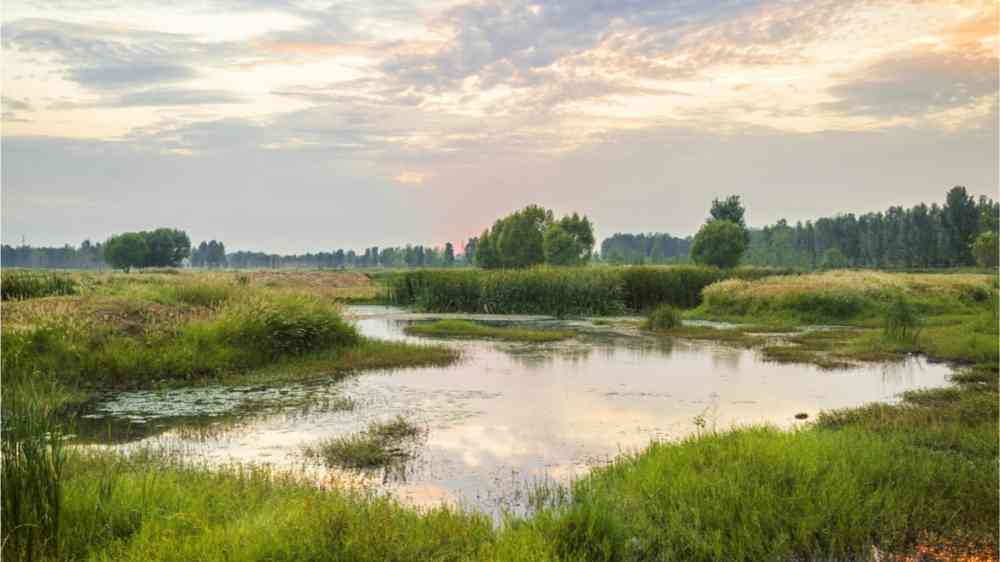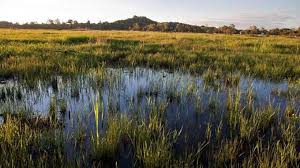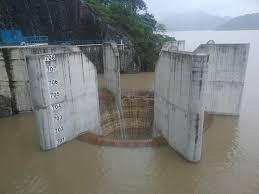Tiyani Hahlani
The world is in the midst of a wetland crisis. Since 1970, more than 411.5 million hectares of natural wetlands have been lost globally a staggering environmental decline driven by land conversion, climate change, and population pressure.
Yet amidst this loss, hope remains. The newly launched Global Wetland Outlook 2025, presented in Nairobi, Kenya, reveals that the remaining 1.425 billion hectares of wetlands continue to deliver essential ecosystem services worth an estimated $39 trillion every year.
These benefits include water purification, flood protection, carbon storage, and food security for millions of people.
Dr. Musonda Xoliswa Mumba, secretary general of the Ramsar Convention on Wetlands, called the launch timely and necessary.
“The launch of the Global Wetland Outlook comes at a time when the world needs clarity, not confusion. We are surrounded by too much information, and people are overwhelmed. This report isn’t here to overwhelm it’s here to illuminate,” she said.
Dr. Mumba also noted that while wetland restoration is showing positive trends globally, the scale and financing of such efforts remain inadequate. She called for bold action, long-term thinking, and a shift in political will.
“Wetlands are timeless natural ecosystems that don’t conform to political cycles or short-term agendas.
“Our policies and actions must reflect their long-term value. We have both a responsibility and an opportunity to act now, ” she said.
She pointed to the upcoming 15th Ramsar Conference of the Parties (COP15), to be hosted in Victoria Falls, Zimbabwe from later July 21-31, as a critical moment to amplify commitments and drive real change, especially across the African continent.
Among the key voices at the launch was Minister of Environment, Climate and Wildlife, Dr. Evelyn Ndlovu who acknowledged the immense value of wetlands and the growing pressures they face, including land-use changes, rapid population growth, and climate change impacts.
“Wetlands are among the most important ecosystems for water and biodiversity. Yet, they face growing pressure from land use, from population growth, and from the changing climate even in my own country,” she said.
Dr. Ndlovu highlighted Zimbabwe’s determined response to these challenges, outlining the country’s strategic framework for wetland protection.
“Over the past five years, Zimbabwe has taken deliberate steps to protect and sustainably manage our wetlands. We have developed a National Wetland Master Plan, which has been adopted at the national level. We also have a National Wetland Policy and detailed guidelines to support those who work to protect these ecosystems,” she said.
These policies are not just documents, but tools that are already being used to embed wetland conservation into environmental governance and land-use planning.
Dr. Ndlovu emphasized that the Zimbabwean government has made it a priority to not only protect existing wetlands, but also restore those that have been degraded.
“The Cabinet made a decision that we must have a plan in place to sustain existing wetlands and revive those that have been degraded. Our commitment goes beyond our borders. We want to be part of the solution globally,” she said.
The launch of the Global Wetland Outlook 2025 has not only raised the alarm about the ongoing wetland crisis but has also spotlighted countries like Zimbabwe that are stepping up with action, policy, and leadership.
As the world prepares to convene in Victoria Falls for COP15, the call is louder than ever for nations to move beyond rhetoric and invest in the protection and restoration of these invaluable ecosystems.
With time running out, the path forward is clear act now, or risk losing nature’s most precious lifeline.








